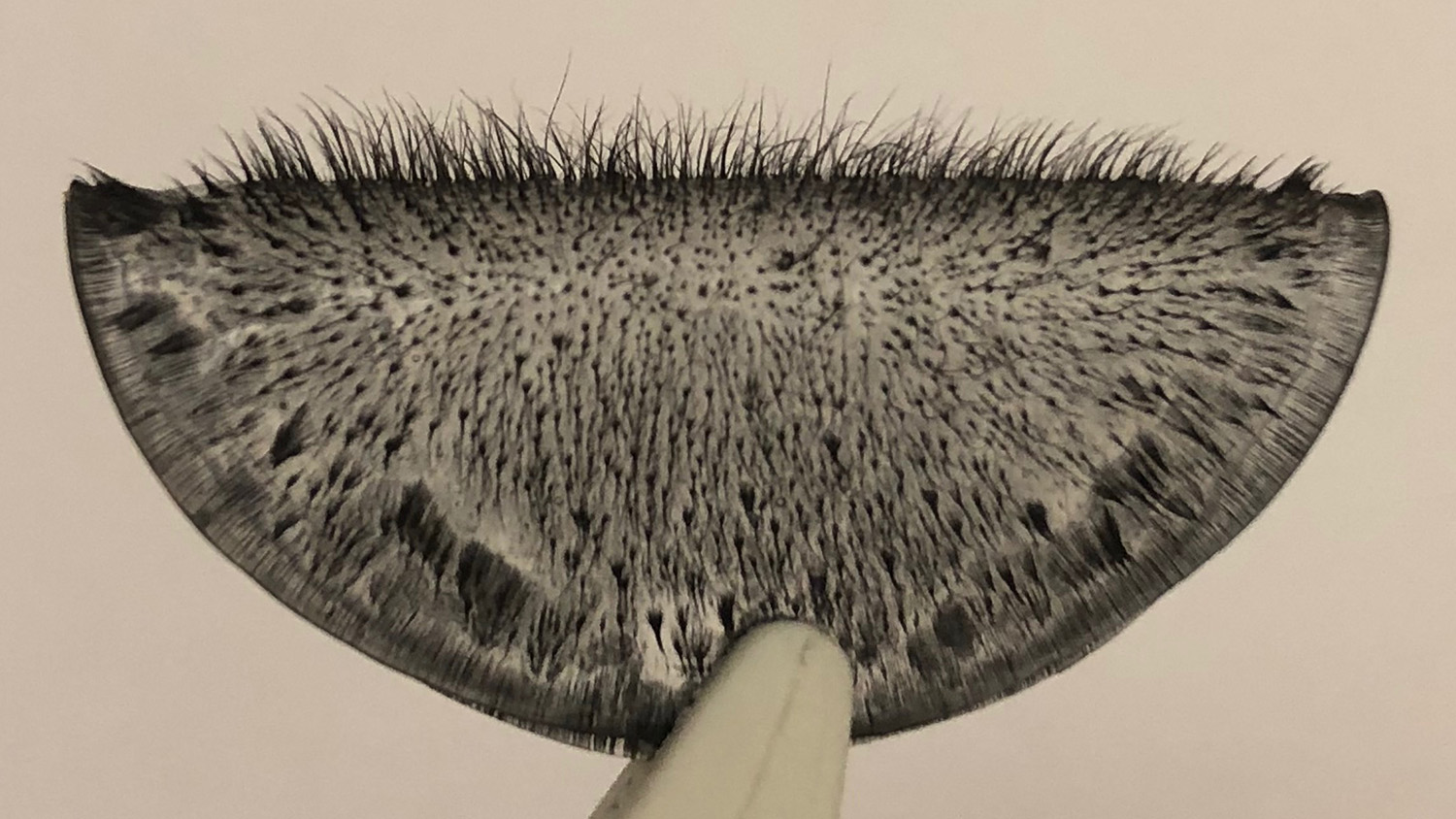Researchers from the two universities have made advances in the field of soft robotics by bending artificial cilia into new shapes using a magnetic field, then returning the cilia to their original shape by exposing them to light.
Researchers from Elon University and N.C. State University continue to make advances in the growing field of soft robotics, with new research demonstrating the ability to make artificial cilia, or hair-like structures, that can bend into new shapes in response to a magnetic field, then return to their original shape when exposed to the proper light source.
Elon Associate Professor of Physics Ben Evans is part of the research team, which has previously pioneered new capabilities within the realm of soft robotics that could have application in the biomedical and aerospace fields. In soft robotics, flexible components replace the rigid structures of traditional robotics to enable new capabilities, including novel reconfigurable surfaces and materials.
In this new work, an array of cilia is fabricated with iron microparticles encapsulated in a shape-memory polymer. The shape of the cilia can then be set, locked, unlocked, and reconfigured using an LED light source and an inexpensive permanent magnet.
“The cilia are actuated by magnetic torques, which means the cilia rotate and align with the field from an inexpensive permanent magnet, instead of being pulled toward the magnet,” says Ben Evans, co-author of the paper and a professor of physics at Elon. “Actuation of the soft robots in our earlier work relied on magnetic field gradients, which moved the robot by pulling it. The new approach offers another tool for designing soft robots.”
Evans explains that an array of cilia may comprise a surface that could be used to direct or control liquids in industrial processing, or might be actuated like biological cilia to transport materials, like a switchable, multidirectional conveyer belt.
One application could as an optical display, since bending the cilia increases their opacity, Evans notes. “Letters and images could be written, locked and re-written using magnetic fields and an infrared laser,” Evans said.
Magnetic control has long been an attractive mechanism for manipulating soft-robotic elements. In research published in 2019, the team documented a new technique that allowed them to remotely control soft robots, lock them into position and later reconfigure them into new shapes or have the robot return to its original shape.
However, maintaining a set configuration with magnetics is often energy-intensive. The ability to hold a magnetic reconfiguration indefinitely and recover the original shape using light will enable new possibilities in the design of soft robots.
Evans explains that soft-robotics elements would add fundamentally new capabilities to robotics, either in combination with traditional “hard” robots or as standalone creations.
“They are another tool in the box,” Evans said. “These capabilities could include soft, controllable surfaces such as artificial skin or muscle; new ways of moving through constricted areas as in exploration, search-and-rescue, or even inside the human body; soft gripper elements for the handling of fragile goods such as eggs, fruits and vegetables; and actively-deformable control surfaces for aeronautics and naval applications.
“In this sense, our work demonstrates and articulates a new way to control soft materials that could ultimately be employed in any of these applications,” Evans said.
Evans and his peers at N.C. State published a paper on the new advances titled, “Photothermally Reconfigurable Shape Memory Magnetic Cilia” in the journal Advanced Materials Technologies. The work was conducted in collaboration with Jessica A.-C. Liu and Professor Joseph Tracy of N.C. State University with support from the National Science Foundation under grants CMMI-1663416 and CMMI-1662641.



